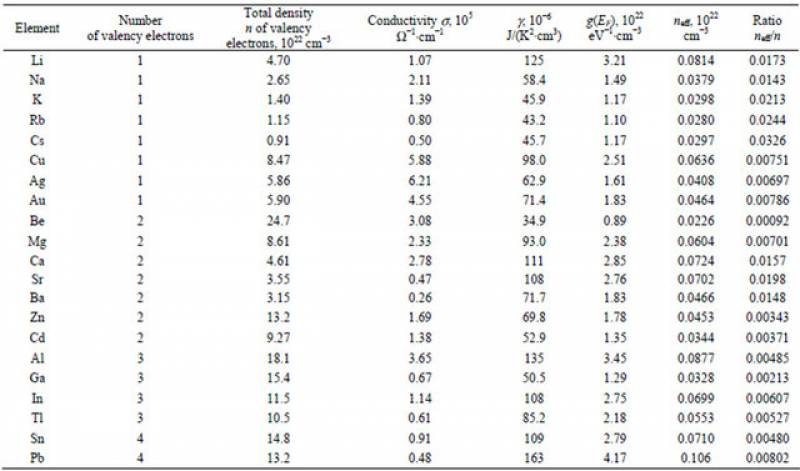This is an old revision of the document!
Example: Drift Speed in Different Types of Wires
Suppose you have a two wires. Each has a current of $5 \text{ A}$. One is made of copper (Cu) and has radius $0.5 \text{ mm}$. The other is made of zinc (Zn) and has radius $0.1 \text{ mm}$. What is the drift speed of electrons in each wire? You may want to consult the table below.
Facts
- The copper wire has $I=5 \text{ A}$, $r = 0.5 \text{ mm}$.
- The zinc wire has $I=5 \text{ A}$, $r = 0.1 \text{ mm}$.
- The charge of an electron is $q=-1.6\cdot 10^{-19} \text{ C}$.
Lacking
- Drift speed for both wires.
- Electron charge density for both wires.
- Electron current for both wires.
Approximations & Assumptions
- The table is accurate for our wires.
- The wires have circular cross-sections.
- The wires do not experience any external electric field.
Representations
- We represent electron current as $i=nAv_{avg}$.
- We represent current as $I=qi$. Current is charge per second. Electron current is electrons per second. We multiply by $q$ (the electron charge) to get charge per second.
Solution
We can look up electron
